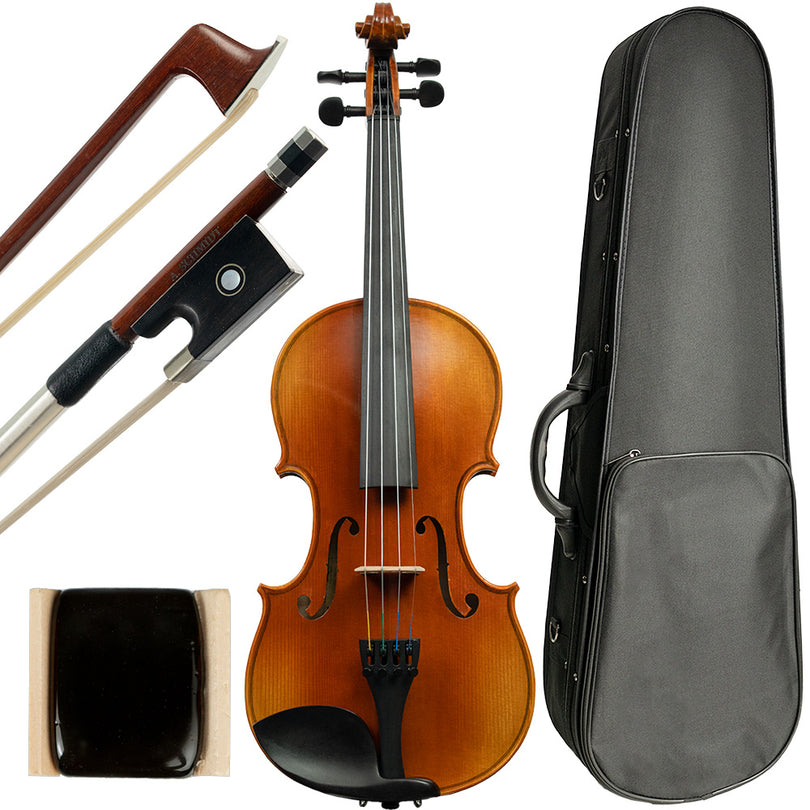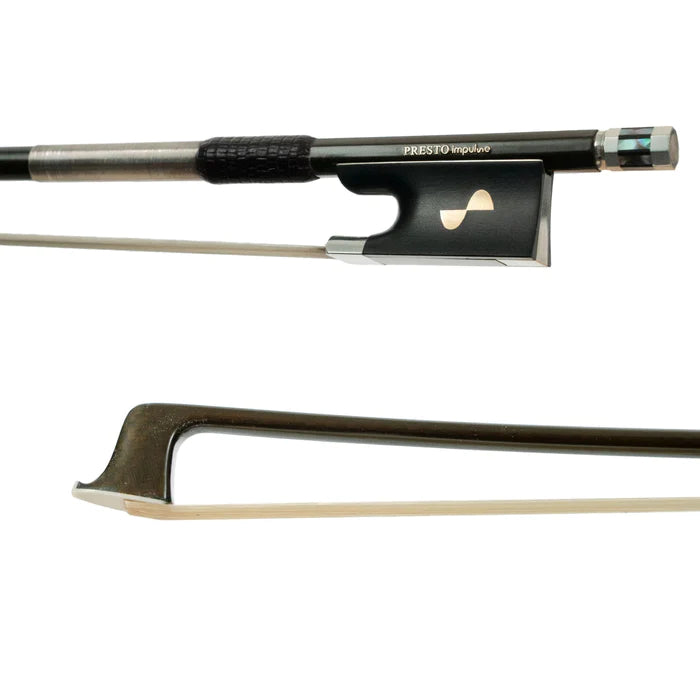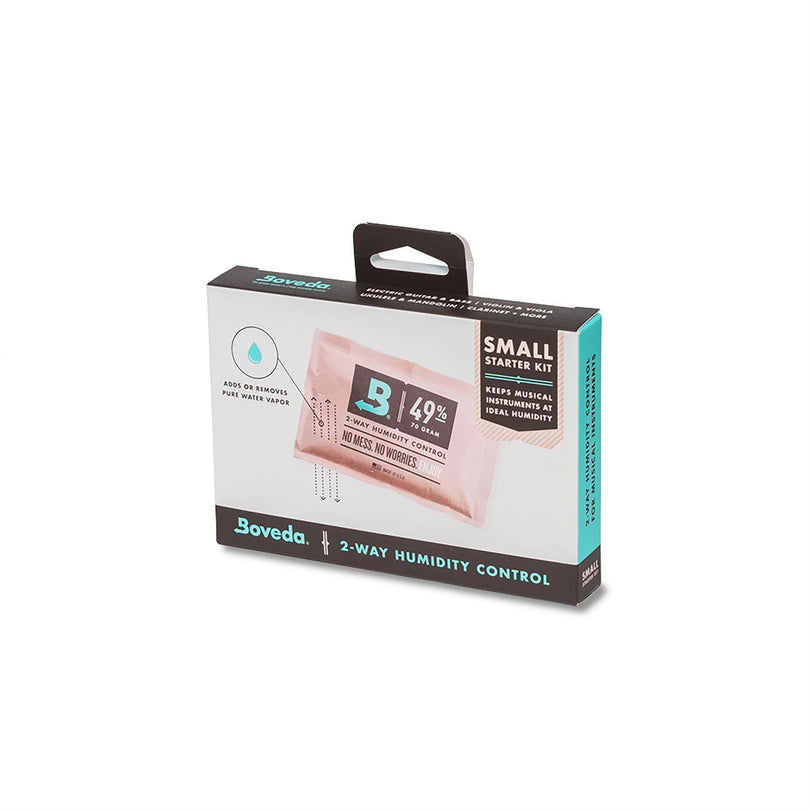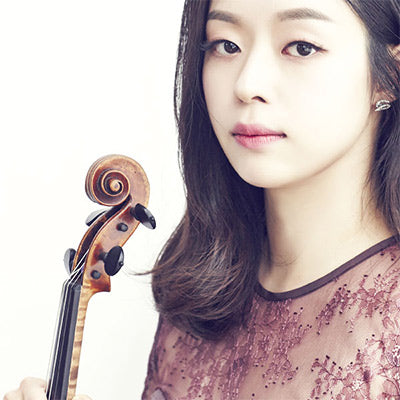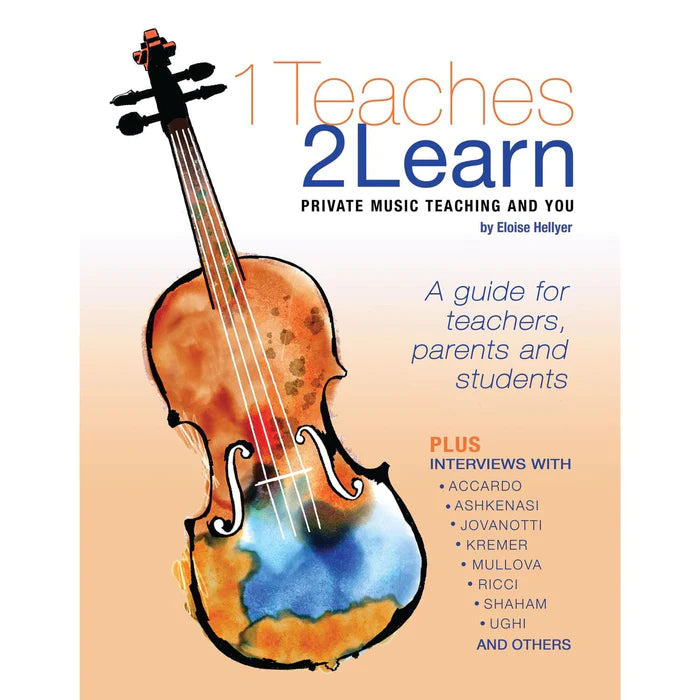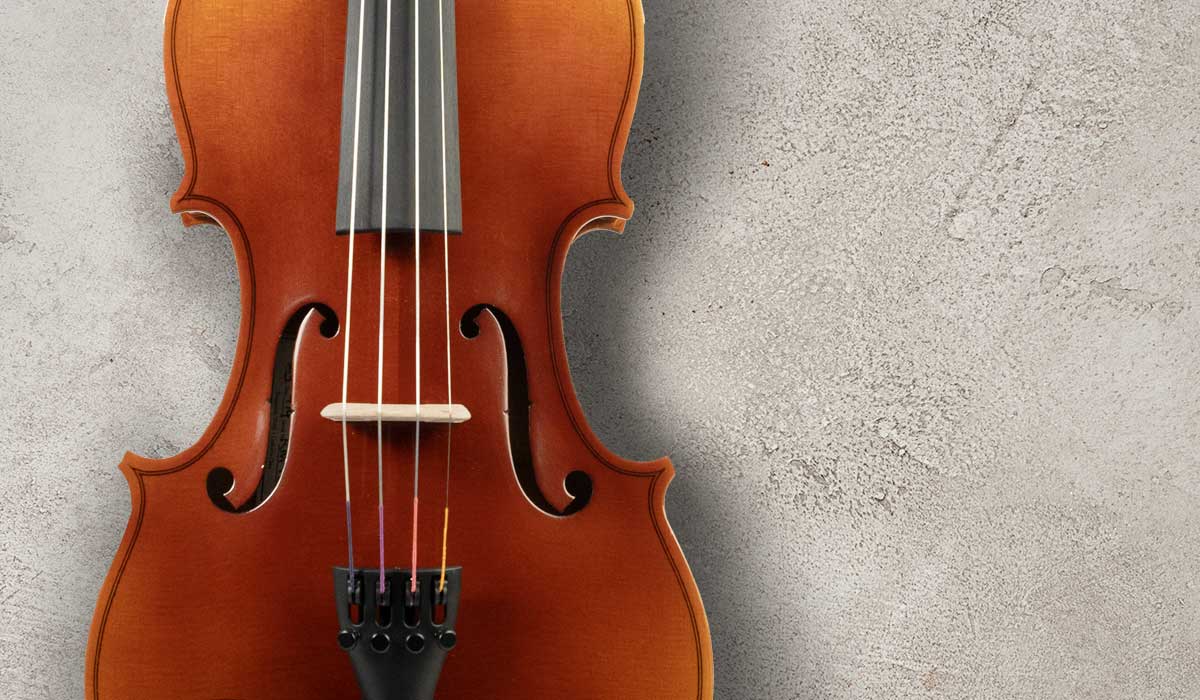The bow is an essential part of playing any stringed instrument, and yet, many musicians overlook this aspect of playing in favor of the more glamorous instrument itself, whether it’s a violin, viola, cello, or bass. Whether you’re a beginning or advanced player, understanding the basics of the bow is of the utmost importance in order to achieve the beautiful, singing tone that bowed stringed instruments are famous for. We asked a few of our customers what they would like to know about bows and compiled those questions into this mini article on bow basics for all of you to enjoy.
What’s the importance of the violin bow?
What is the difference between playing a guitar and a violin? Mandolin and viola? Ukulele and cello? It’s the use of a bow! The bow is the main component that sets bowed stringed instruments apart from their plucked or strummed counterparts and allows the sound to resonate almost infinitely as opposed to decaying after a single strum. From classical to more contemporary styles of music, the bow plays a fundamental role in bringing music to life. In fact, it is often said that the bow is the soul of a stringed instrument because it truly allows the musician to express themselves and create a sound that captivates an audience. With careful control and technique, a musician can manipulate the sound, dynamics, articulation, and timbre of the instrument to evoke exactly the right emotion.
What is the anatomy of a violin bow and its components?
If we examine the anatomy of a violin bow, we can identify several essential components. While there may be some variations, especially with early bows from the Baroque era, modern bows generally consist of the following parts: the stick, hair, tip, tip plate, frog, ferrule, screw (button), winding (lapping), and thumb leather. Let's delve into each component to gain a deeper understanding. 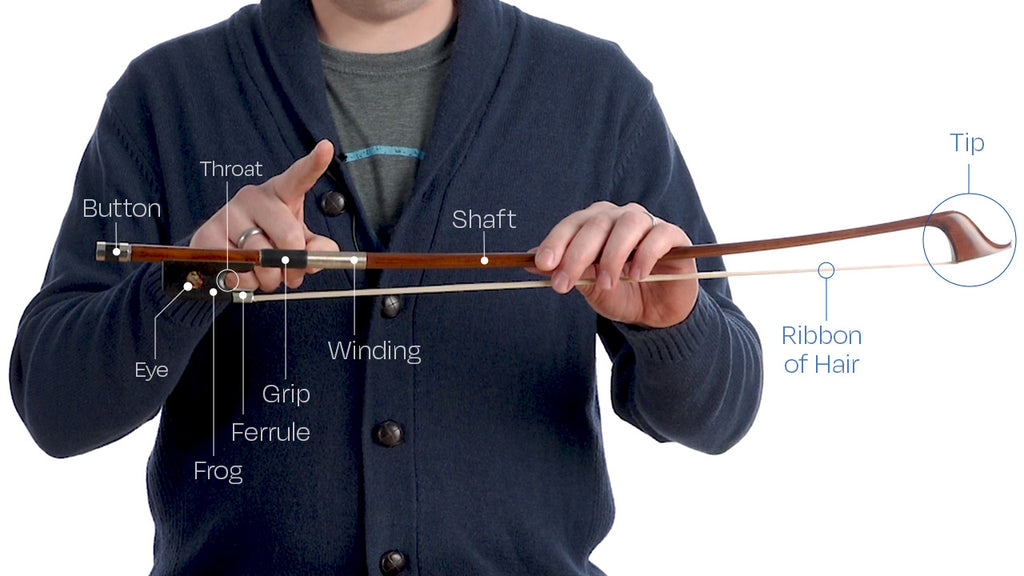
How do you choose the right violin bow for your needs?
The right bow is almost like choosing the right wand (think Harry Potter!). Each student can have different needs such as weight, balance, and of course, price, which all factor into making a decision. Modern bows even come in a variety of different materials including pernambuco (high quality Brazilian wood), brazilwood (self-explanatory name), and carbon fiber (they’re almost indestructible) that can all offer different pros and cons. The most important thing to keep in mind when choosing a bow is to make sure it feels right to YOU and creates a sound that you are happy with.
Check out this video we made comparing carbon fiber and wood bows!
What is the proper way to hold a bow for optimal performance?
This is quite a dense topic because there are a number of different schools of bow technique whether it’s Russian, Franco-Belgian, Tuttle, Feuillard, or a hybrid of multiple schools. When considering bow technique, follow your teacher’s recommendations and remember that all bow techniques have one thing in common--- maintaining the balance between strength and flexibility and how that makes the most sense for you.
What are the most common bowing techniques in violin playing and how do professional violinists go about exploring advanced bow techniques?
Well let’s start by defining some of the most popular bowing techniques. They include:
Spiccato: Playing notes a bit shorter in length, with a natural bouncing motion at the end of each bow change. This is a very common off the string bow stroke.
Martele: The French term for “hammered”, this technique involves a slight impulse at the beginning of every bow stroke, which yield a very clear articulation to the sound.
Detache: This is the most common bowing technique and simply means a “detached” bow stroke.
Portato: This bowing technique comes from having several tenuto notes in a row. It can be done in one continuous bow stroke or in separate bows to create a swell in each note.
Staccato: This is another common bowing technique that results from stopping the bow between notes and having a clear beginning and end to the sound.
The second part of this question is definitely a topic for those players out there who have already mastered the basic detache (detached bow stroke), staccato (stopped bow stroke), and legato (connected bow stroke) strokes. After these, players tend to dive into the more complex strokes that involve jumping off of the string such as spiccato, sautille, ricochet. Some professionals even practice even more difficult techniques to inject into flashier repertoire such as up-bow or down-bow staccato or even flying staccato! In addition to these bowing techniques that they learn and hone, professional violinists also tend to be a bit more picky or discerning about their bow of choice. Some famous bow makers that professionals tend to look for include Peccatte, Tubbs, Sartory, and Morizot among others.
How would one go about developing bowing techniques and mastering bow strokes?
Developing bowing technique is probably the hardest part of playing a string instrument. There are all sorts of conventional rules such as making sure your bow is parallel to the fingerboard, that all of the bow hair is touching the string, or continuing to check that your right thumb is bent.... the list goes on. Staying patient during the learning process will pay off when you are finally able to sing on your strings just the way you wanted.
What’s the best way to maintain and care for your violin bow?
Bow care and maintenance is just as important as instrument care and maintenance. The two most important things to remember are remembering to loosen your bow after playing and wiping off excess rosin from the stick of the bow. This will help lengthen the lifespan of your bow hair while keeping the stick of your bow free of any rosin build up or residue that can get sticky over time. Getting regular rehairs will also help maintain the overall health of your bow, so make sure you’re seeing your favorite luthier a couple times a year.
Check out this video we made with one of our in-house luthiers about how to know when to rehair your bow!
In conclusion, choosing to be a violinist, violist, cellist, or bassist carries a special responsibility-- the bow. In addition to the left-hand articulation needed to execute differences in pitch, the bow is essential to creating a signature musical sound for a musician of any level. Shar Music is happy to offer a wide range of beginner bows, intermediate bows, advanced bows, and professional bows, in addition to cleaning accessories and rosin to ensure your musical success and enjoyment. Let us know in the comments if you have any other bow-related questions or comments!

